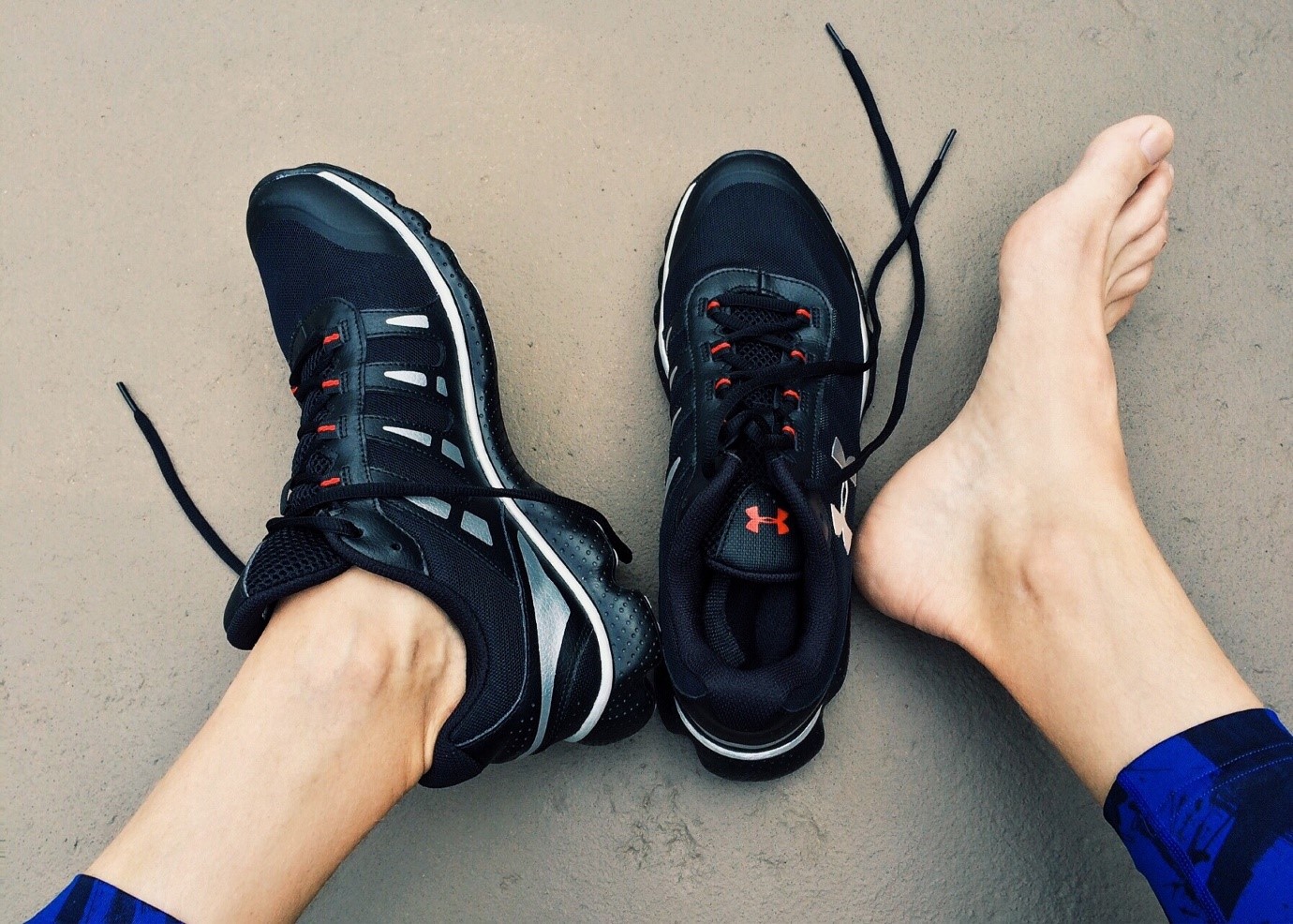
Foot and heel pain: Why it is most likely plantar fasciitis.
Those first few steps out of bed in the morning are always the most difficult, dragging yourself away from the warm confines of your sheets out into the big wide world. It can be even more excruciating for people suffering from plantar fasciitis, one of the most common causes of foot pain amongst adults. According to the Australian Bureau of Statistics, just under 60% of adults living in Sydney’s north shore work over 40 hours per week[1]. Starting the day in pain is just not what any of us need, especially with the busy lifestyles so many of us lead living in Sydney’s lower north shore.
What is Plantar Fasciitis?
Plantar fasciitis is an inflammation of the plantar fascia, a piece of strong, thick tissue that runs along the bottom of the foot. It connects the heel bone to the toes, creating the arch of the foot. Plantar fasciitis is a common cause of heel pain and can develop as a result of overstretching, overuse or a medical condition[2].
What causes plantar fasciitis?
There is such a large range of conditions that may contribute towards the development of plantar fasciitis, with structural problems such as high arches or flat feet being a common cause. It can also be as simple as a tight achillies tendon or unsupportive shoes that lead to plantar fasciitis. Some other common causes of plantar fasciitis are-
- Playing sports that put stress on the heel bone, such as running, aerobics, volleyball and football
- Being on your feet for extended periods
- Being overweight
- Pregnancy
- Simply getting older
There are a number of common complaints regarding the source of the pain in people with plantar fasciitis; the most common being a sharp or dull pain at the base of the heel when load bearing. This pain will often spread forward through the arch of your foot. Some other symptoms include[3]–
- Heel pain that tends to be worse with the first few steps after getting out of bed, when climbing stairs or when standing on your tiptoes.
- Heel pain after long periods of standing or after getting up from sitting down.
- Experiencing heel pain not usually during, but after exercise.
- Mild swelling in the region of the heel.
How to treat plantar fasciitis
Just as important as treating the area that is causing pain, is strengthening the muscles surrounding and attached to the foot. Making sure to exercise and stretch your achillies tendon and calf muscle will help in reducing the stress on the plantar fascia. This can be done in conjunction with some other things to help reduce the likelihood of having a possible flare-up. This includes maintaining a healthy body weight through exercise and healthy eating, wearing good quality, supportive shoes and trying out low impact sports such as swimming and cycling.
It is important not to ignore the signs of plantar fasciitis, as it can worsen over time and become chronic pain that can also impact other areas of the body such as your legs, knees, hips and back[4]. Most people can recover from plantar fasciitis with physical therapy delivered by an expert physiotherapist and using simple home remedies and stretches. Very few cases require surgery, however the option is available for people experiencing chronic pain.
If you are experiencing reoccurring heel pain in the early mornings and after periods of being on your feet and engaging in physical activity, seeking advice from your lower north shore physio can help you get back on your feet in no time. Our friendly and professional team will be able to provide a personal assessment and individually tailored program to assist in getting you back out, finally, pain free.
[1] Australian Bureau of Statistics. (2016). 2016 Census QuickStats – North Shore. Retrieved from Australian Bureau of Statistics: https://quickstats.censusdata.abs.gov.au/census_services/getproduct/census/2016/quickstat/SED10060#:~:text
=In%20the%202016%20Census%2C%20there,up%200.3%25%20of%20the%20population.
[2] Health Direct. (2019, February). What is plantar fasciitis?. Retrieved from Australian Government Department of Health: https://www.healthdirect.gov.au/plantar-fasciitis
[3] Sports Medicine Australia. (n.d.). Plantar Fasciitis. Retrieved from Sports Medicine Australia: https://sma.org.au/resources-advice/injury-fact-sheets/plantar-fasciitis/
[4] Case-Lo, Christine. (2018, November). Everything you want to know about Plantar Fasciitis. Retrieved from Healthline: https://www.healthline.com/health/plantar-fasciitis



